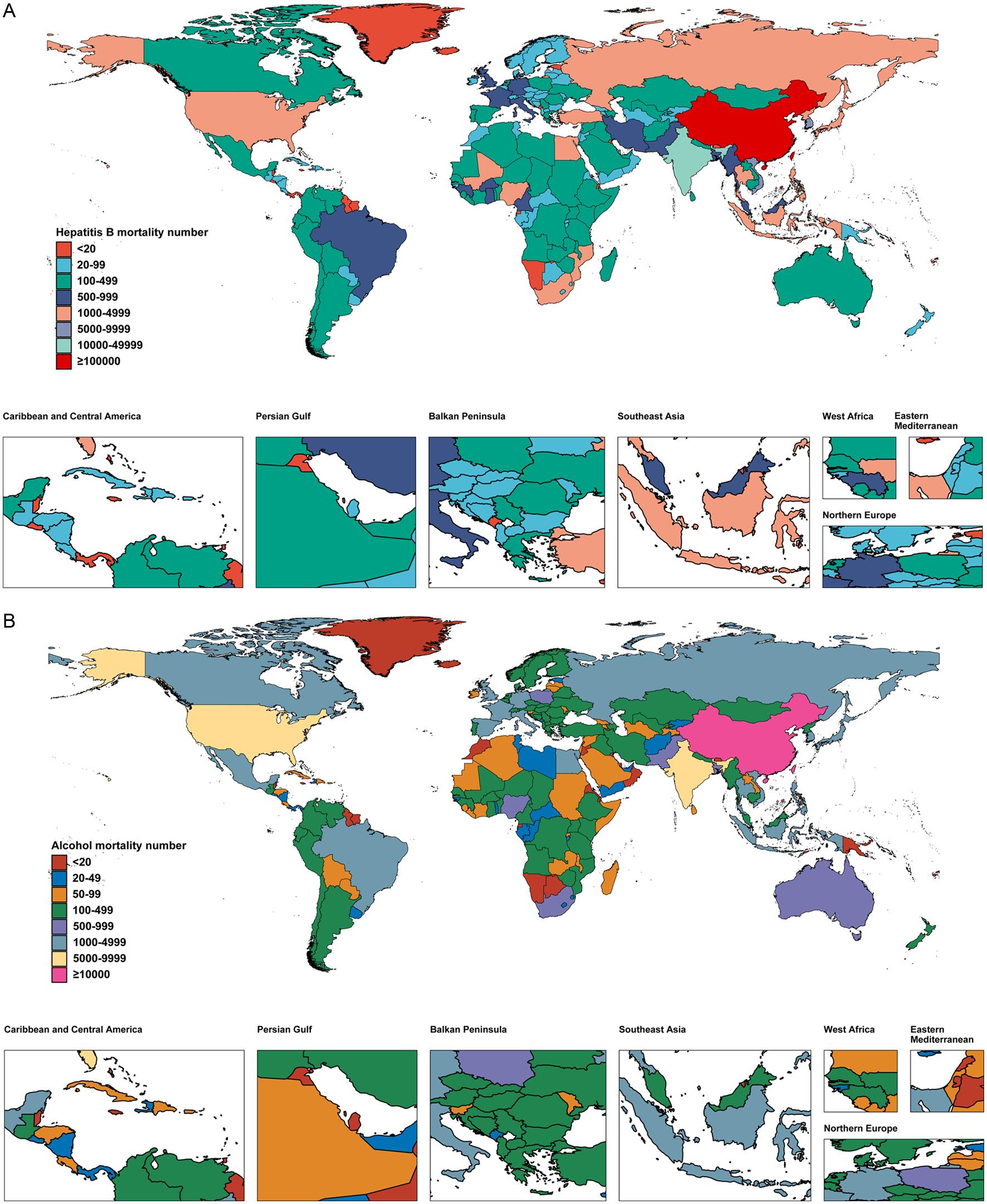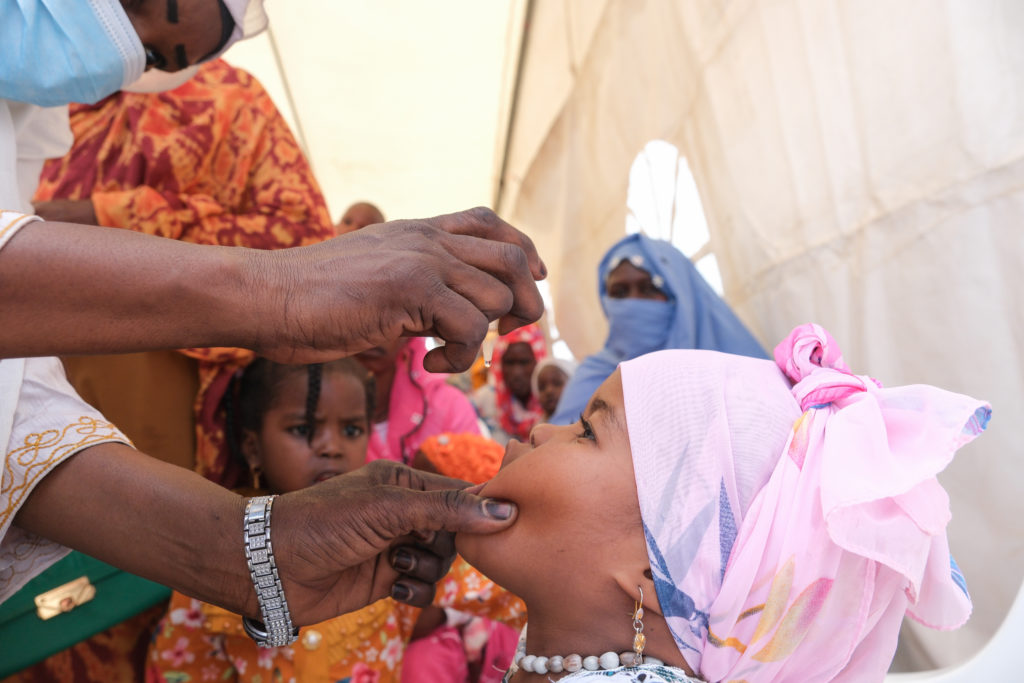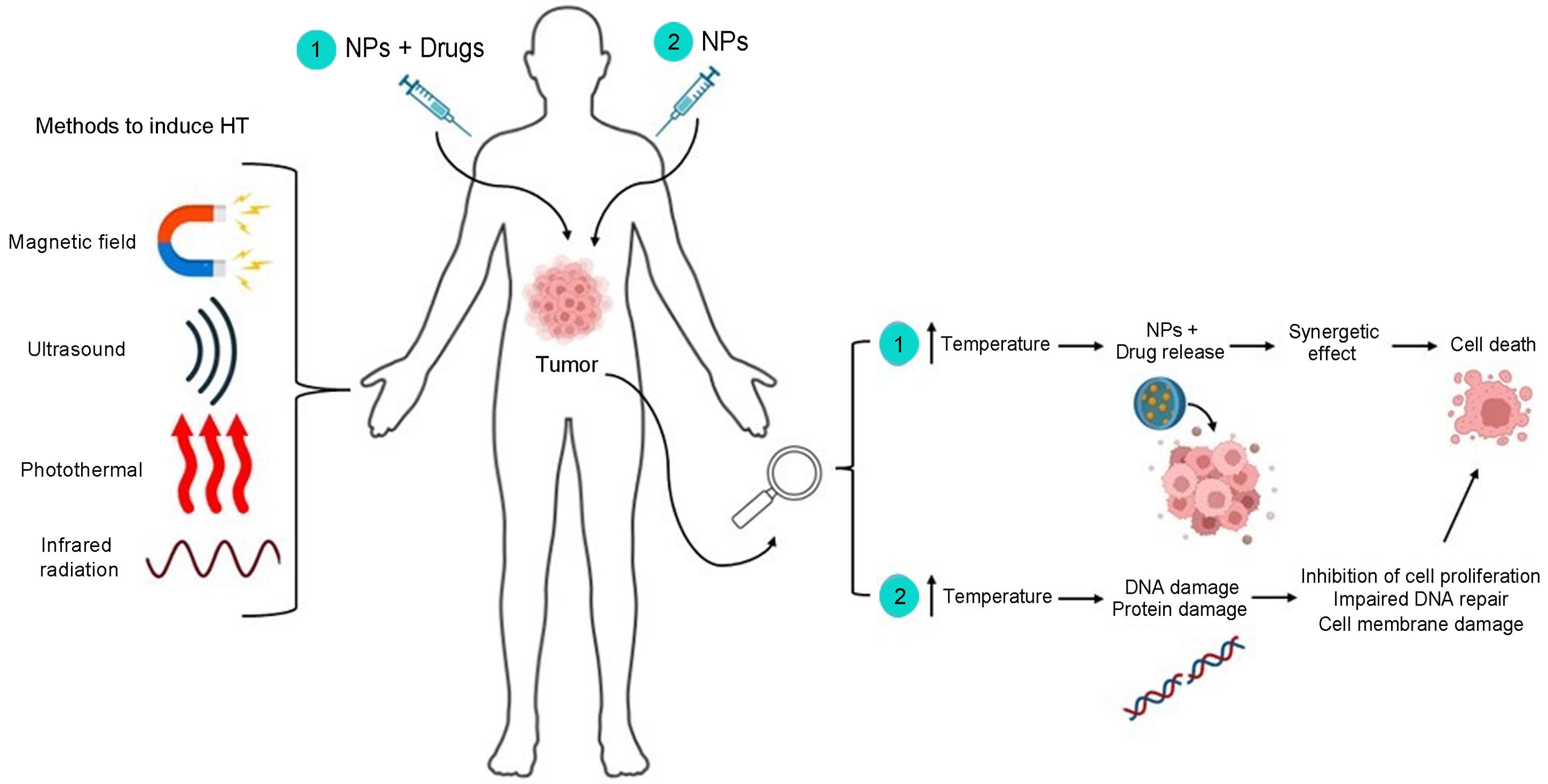Hawai‘i Island Community Health Center not just managing Hepatitis C, it’s ‘eliminating it’ – Big Island Now

Hawai‘i Island Community Health Center Achieves Breakthrough in Hepatitis C Cure Rates
Introduction
The Hawai‘i Island Community Health Center (HICHC) has reported a remarkable medical breakthrough by achieving a 71% cure rate for Hepatitis C, more than double the national average of 33%. This advancement offers new hope in combating one of the most deadly and often overlooked diseases, aligning with the United Nations Sustainable Development Goals (SDGs), particularly SDG 3: Good Health and Well-being.
Background on Hepatitis C
- Hepatitis C is a viral infection that attacks the liver and is a leading cause of liver cancer.
- The disease poses a significant public health crisis, especially among high-risk and underserved populations.
- There is currently no vaccine for Hepatitis C; early detection and curative treatment remain the only effective interventions.
Innovative Treatment Model
Since 2019, HICHC has treated 130 Hepatitis C patients using a pharmacy-led initiative that delivers an 8- to 12-week curative treatment course. The center employs an integrated, patient-first model that includes:
- Collaboration among medical, pharmacy, behavioral health professionals, and patient navigators.
- Medication delivery services, sometimes directly to patients’ homes.
- Active outreach to at-risk populations through advanced data tracking and community engagement.
- A unique collaborative practice agreement streamlining access to treatment.
Impact and Significance
- The 71% cure rate significantly surpasses the national average, demonstrating the effectiveness of integrated care models.
- The initiative addresses health inequities affecting Native Hawaiians, Asians, Pacific Islanders, and other vulnerable groups, supporting SDG 10: Reduced Inequalities.
- By curing Hepatitis C, the program reduces liver cancer rates and mortality, contributing to SDG 3 targets on reducing premature mortality from non-communicable diseases.
- The program’s success also has implications for lowering healthcare costs and improving quality of life.
Community and Global Relevance
HICHC’s approach exemplifies innovation and dedication in healthcare delivery despite limited resources, reinforcing the importance of universal health coverage (SDG 3.8). The center has shared its model at national conferences, including with the U.S. Centers for Disease Control and Prevention, encouraging replication in other communities.
Alignment with Broader Health Strategies
The center’s efforts align with Hawai‘i’s statewide strategy, Hep Free 2030, which aims to eliminate Hepatitis C by 2030. This initiative supports the global commitment to combat communicable diseases and promote health equity.
Organizational Overview
- HICHC was established in July 2022 through the merger of East Hawai‘i’s Bay Clinic and West Hawai‘i Community Health Center.
- It is the largest nonprofit community health center in Hawai‘i, providing comprehensive and integrated healthcare accessible to all, regardless of ability to pay.
- The center operates multiple locations across Hawai‘i Island.
Conclusion
Hawai‘i Island Community Health Center’s achievement in curing Hepatitis C represents a significant milestone in public health, demonstrating how targeted, equitable healthcare interventions can advance the Sustainable Development Goals. The center remains committed to expanding access to care, advancing medical science, and improving health outcomes for all residents of Hawai‘i Island.
Additional Resources
1. Sustainable Development Goals (SDGs) Addressed or Connected
- SDG 3: Good Health and Well-being
- The article focuses on curing Hepatitis C, a major public health issue, aligning with SDG 3’s goal to ensure healthy lives and promote well-being for all ages.
- It highlights efforts to reduce mortality from communicable diseases and improve access to quality health care services.
- SDG 10: Reduced Inequalities
- The article emphasizes targeting underserved and high-risk populations such as Native Hawaiians, Asians, and Pacific Islanders, addressing health disparities.
- It mentions stigma-free, integrated care and equitable access regardless of ability to pay.
- SDG 17: Partnerships for the Goals
- The collaboration between pharmacy staff, medical providers, behavioral health staff, patient navigators, and national organizations like the CDC reflects partnerships to achieve health goals.
2. Specific Targets Under Those SDGs Identified
- SDG 3 Targets
- Target 3.3: By 2030, end the epidemics of AIDS, tuberculosis, malaria and neglected tropical diseases and combat hepatitis, water-borne diseases, and other communicable diseases.
- Target 3.8: Achieve universal health coverage, including access to quality essential health-care services and access to safe, effective, quality, and affordable essential medicines and vaccines for all.
- Target 3.4: Reduce by one third premature mortality from non-communicable diseases through prevention and treatment.
- SDG 10 Targets
- Target 10.2: Empower and promote the social, economic and political inclusion of all, irrespective of age, sex, disability, race, ethnicity, origin, religion or economic or other status.
- SDG 17 Targets
- Target 17.16: Enhance the global partnership for sustainable development, complemented by multi-stakeholder partnerships that mobilize and share knowledge, expertise, technology and financial resources.
3. Indicators Mentioned or Implied to Measure Progress
- Indicator for Target 3.3
- Proportion of population diagnosed and cured of Hepatitis C (implied by the 71% cure rate achieved by the health center).
- Incidence rate of new Hepatitis C infections (implied by outreach to at-risk populations and efforts to reduce new infections).
- Indicator for Target 3.8
- Coverage of essential health services, measured by the number of patients treated and cured (130 patients treated since 2019).
- Access to affordable medicines and treatment delivery models (e.g., pharmacy-led initiatives, medication delivery to patients’ doorsteps).
- Indicator for Target 10.2
- Equity in health service delivery, measured by the inclusion of underserved groups such as Native Hawaiians, Asians, and Pacific Islanders.
- Reduction in health disparities and stigma-free care access.
- Indicator for Target 17.16
- Number and effectiveness of partnerships and collaborative practice agreements (e.g., collaboration with CDC and national conferences).
4. Table of SDGs, Targets, and Indicators
| SDGs | Targets | Indicators |
|---|---|---|
| SDG 3: Good Health and Well-being |
|
|
| SDG 10: Reduced Inequalities |
|
|
| SDG 17: Partnerships for the Goals |
|
|
Source: bigislandnow.com

What is Your Reaction?
 Like
0
Like
0
 Dislike
0
Dislike
0
 Love
0
Love
0
 Funny
0
Funny
0
 Angry
0
Angry
0
 Sad
0
Sad
0
 Wow
0
Wow
0














































































